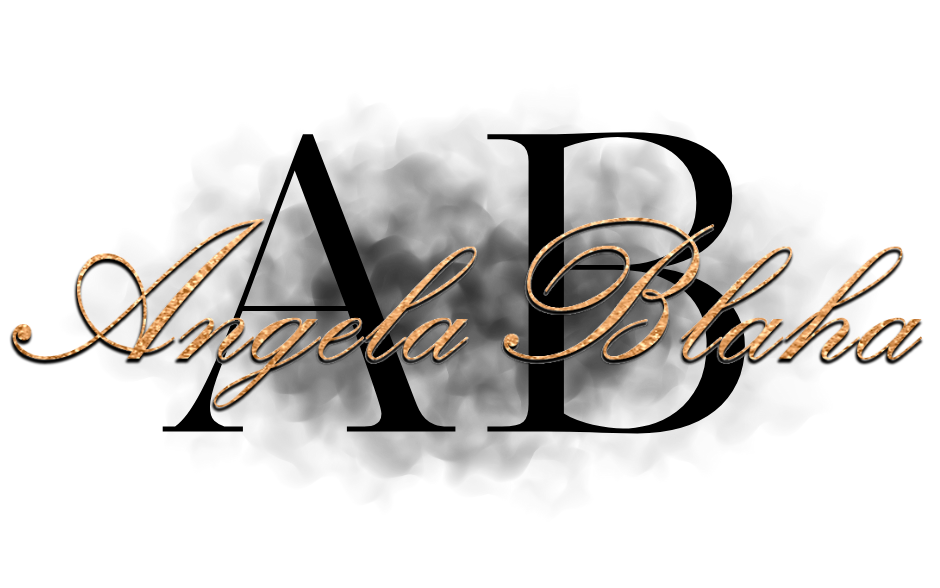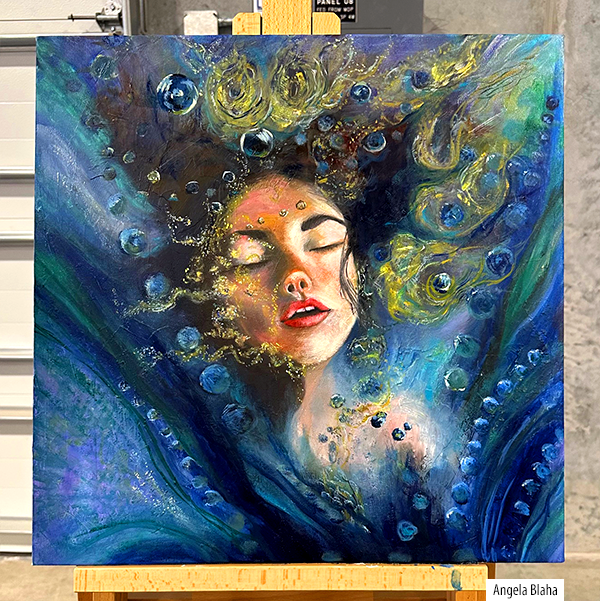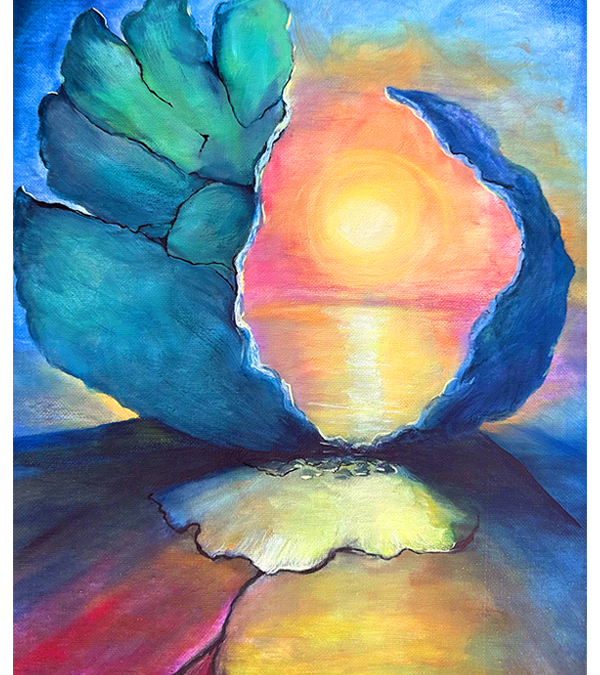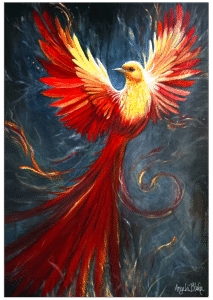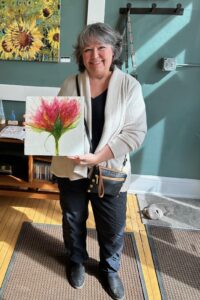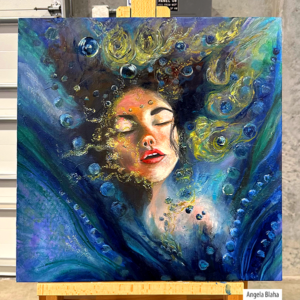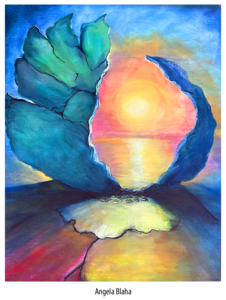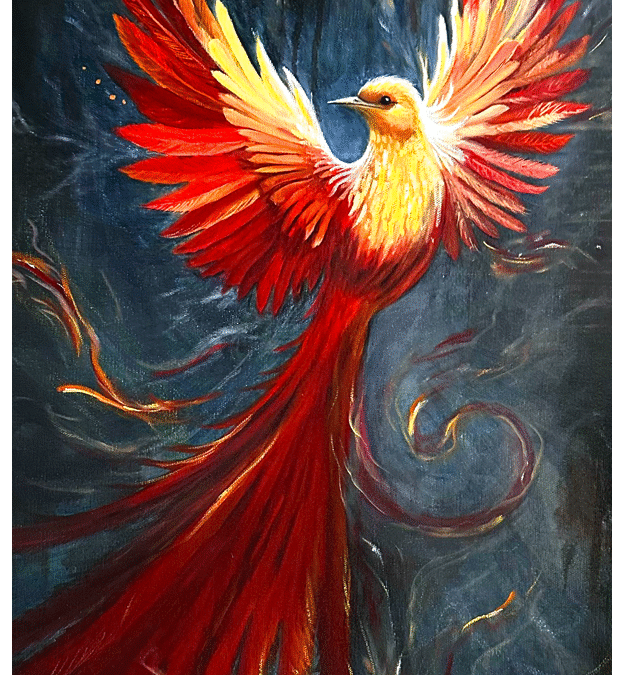
A Revolution of Soul, Sparked by the Artist
An article as seen on Creativity Portal.com
Throughout history, it’s rarely the politicians or institutions that ignite true revolutions.
It’s the artists. The poets. The painters. The visionaries who see what others refuse to see — and dare to reveal it.
But this isn’t a metaphor. This is a fact.
Artists disrupt the narrative.
Before systems collapse or transform, the story must change.
And artists are the ones who shift that story.
Picasso’s Guernica cracked the illusion of heroic war.
Nina Simone didn’t just perform — she spoke what no one else dared to.
Frida Kahlo turned personal suffering into sacred symbolism, rehumanizing pain in a culture that denied it.
Artists lead not with volume, but with frequency.
They transmit truths too complex for politics and too alive for textbooks.
They don’t need permission. They don’t wait for timing.
They create from necessity — and that creation moves people.
We are now entering a new kind of revolution.
One that isn’t driven by outrage or ideology — but by energy.
A soul revolution.
The age of domination, performance, and disconnection is dissolving.
What’s rising is slower… quieter… truer.
It’s not coming through institutions.
It’s coming through the artists — those brave enough to live in-between worlds and shape what doesn’t yet exist.
And yes, it’s often lonely.
Artists lead revolutions by creating before there is proof.
Before applause.
Before safety.
They create because they must.
Because something is trying to come through — and art is the only vessel large enough to hold it.
This revolution asks us to remember:
That beauty is not decoration.
That art is not luxury.
That creativity is not a hobby.
It’s a portal.
A portal into deeper seeing, deeper being, and a future where soul is at the center again.
We don’t need more noise.
We need more artists unleashed.
More portals open.
More truth made visible through color, shape, word, and presence.
Because when people feel what they’ve forgotten, they wake up.
And that is how revolutions begin. 🖌
